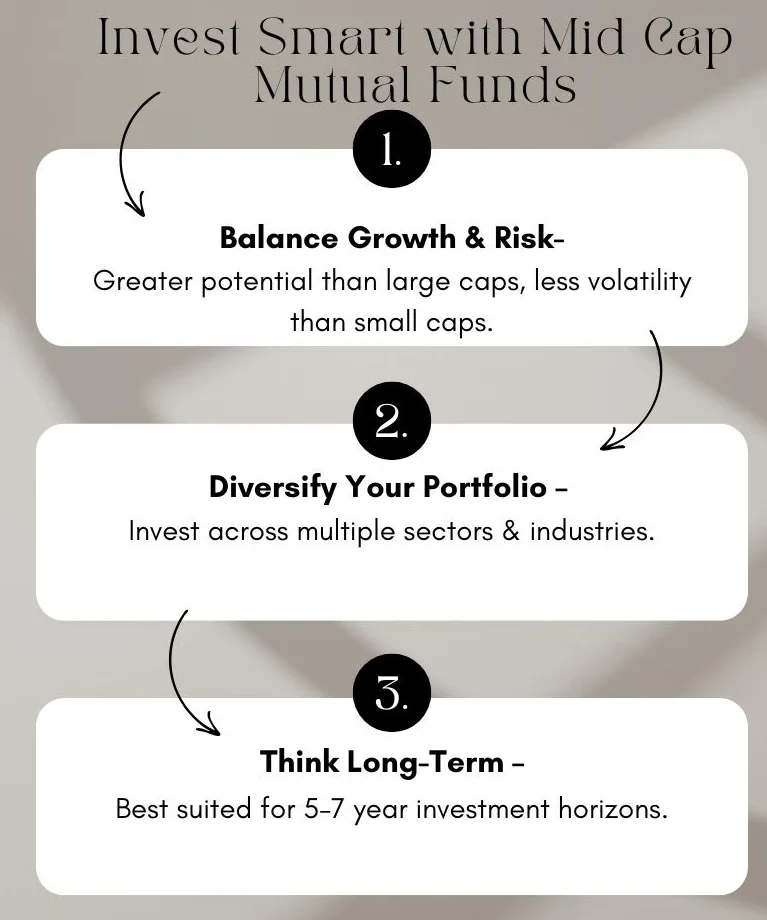For senior citizens, financial security is one of the most important aspects of retirement planning. After years of hard work, having a reliable and steady source of income becomes a priority. Among the different savings options available in India, fixed deposits (FDs) continue to be the most trusted choice for seniors. With high FD interest rates for seniors, safe returns, and flexible options, FDs remain a popular way to ensure financial stability.
In this blog, we will explore the FD benefits for senior citizens, reasons why FDs are considered safe, details of special FD schemes for senior citizens, how to open FD online for senior citizen, and compare FD vs other investments for stability. Let’s dive in.
What is a Fixed Deposit?
A fixed deposit is a savings option provided by banks and financial institutions where you deposit a lump sum of money for a fixed period. In return, the bank pays you interest on that amount at a pre-decided rate. Unlike savings accounts, where interest rates are lower, FDs offer higher and guaranteed returns.
For senior citizens, banks usually provide special FD schemes with an additional interest rate benefit, making it even more attractive.
Why FD is Important for Senior Citizens
When people retire, their regular salary income stops. At this stage, protecting savings while also earning steady interest is vital. Here is why FD is important for senior citizens:
- Assured Returns– Unlike the stock market or mutual funds, FD returns do not fluctuate. Seniors get a guaranteed income.
- Safety– FDs are not market-linked and are one of the safest investments.
- Higher Interest Rates– Seniors enjoy an extra 0.25%–0.75% interest above normal FD rates.
- Financial Independence– Interest income helps cover monthly expenses without depending on others.
- Liquidity– FDs can be broken in emergencies, giving quick access to funds.
FD Benefits for Senior Citizens
Here are some of the major FD benefits for senior citizens:
High FD Interest Rates for Seniors
Banks and NBFCs offer higher rates exclusively for senior citizens, often 0.25% to 0.75% higher than regular FDs. For example, as of 2025, SBI offers 90% per annum for senior citizens compared to 6.40% for others. This helps maximize returns on savings, making it one of the safest ways to grow wealth post-retirement.
Regular Income Options
FDs allow monthly, quarterly, or yearly interest payouts. Seniors can choose a payout frequency that suits their lifestyle. For instance, a ₹10 lakh FD at 6.90% p.a. with monthly interest payout gives around ₹57,500 per year, which can act like a pension for retirees.
Capital Safety
The principal amount in an FD is safe from market fluctuations. Unlike equity investments that can fall by 10–15% in a year, the capital in FDs remains intact, providing peace of mind for seniors who cannot risk losing their hard-earned money.
Loan Against FD
Banks allow loans up to 90% of the FD value, ensuring funds are available without breaking the FD. For example, a ₹5 lakh FD can provide a loan of up to ₹4.5 lakh, helping seniors manage emergencies while still earning interest.
Tax Benefits
Certain special FDs with a 5-year lock-in qualify under Section 80C of the Income Tax Act, allowing deductions of up to ₹1.5 lakh per year. This can reduce taxable income while still earning safe returns, making it a dual-benefit investment for senior citizens.
Special FD Schemes for Senior Citizens
Many banks and financial institutions in India provide special FD schemes for senior citizens with additional benefits. These include:
- Higher Interest Rates– An extra 0.50% interest compared to regular depositors.
- Flexible Tenures– Options ranging from 7 days to 10 years.
- Payout Flexibility– Monthly or quarterly interest payout for regular income.
- Tax-Saving FDs– For long-term savings with tax deductions.
Popular schemes include SBI Senior Citizen FD, HDFC Senior Citizen Care FD, and ICICI Bank Golden Years FD.
Why FDs are Safe for Senior Citizens
Safety is one of the biggest concerns for retirees. Here’s why FDs are safe for senior citizens:
- Not Market-Linked– FDs are free from market volatility.
- Deposit Insurance– Deposits up to ₹5 lakh are insured under DICGC.
- Stable Returns– Guaranteed interest rates ensure no surprises.
- Trusted Institutions– Banks and NBFCs are regulated by RBI.
FD vs Other Investments for Stability
It is common for people to compare FD vs other investments for stability. Let’s see:
Investment Type | Risk Level | Liquidity | Returns | Tax Benefits |
Fixed Deposit | Low | Low | Moderate | Yes |
Senior Citizen Savings Scheme (SCSS) | Low | Low | Moderate | Yes |
Public Provident Fund (PPF) | Low | Low | Moderate | Yes |
Mutual Funds | High | High | High | No |
Stocks | Very High | Very High | Very High | No |
Note: FD and SCSS offer lower returns compared to stocks and mutual funds but provide higher safety and tax benefits.
When comparing different investment options, it’s important to weigh stability, risk, and income potential. Here’s how FDs stack up against other popular choices:
- FDs– Guaranteed, safe, stable returns. Best for risk-free growth.
- Stocks/Mutual Funds– Higher returns possible but risky. Not suitable for seniors, depending on fixed income.
- Gold– Good as a backup asset but not a steady income source.
- Real Estate– Can generate rental income but involves high investment and risk.
Clearly, for senior citizens, FDs remain unmatched when it comes to stability and regular income.
How to Open FD Online for Senior Citizen
Today, it is simple to open FD online for senior citizen. Most banks and NBFCs allow digital opening of FDs through net banking or mobile apps.
Steps:
- Log in to your bank’s online portal or app.
- Select the ‘Fixed Deposit’ option.
- Choose the amount, tenure, and interest payout mode.
- Upload documents (if required).
- Confirm and pay – your FD will be active instantly.
This saves time and effort, especially for seniors who prefer hassle-free processes.
How to Invest in Senior Citizen Fixed Deposit
If you want to invest in senior citizen fixed deposit, follow these tips:
- Compare Banks/NBFCs– Check which offers the best senior citizen FD rates.
- Decide Tenure– Choose tenure based on when you need funds.
- Select Payout Option– Go for monthly/quarterly payouts if you need regular income.
- Diversify– Instead of one large FD, create multiple smaller FDs with different maturity dates.
- Check Premature Withdrawal Rules– Some FDs have penalties. Choose according to your needs.
Smart Tips for Senior Citizen FD Investors
- Always check the reputation of the bank/NBFC.
- Use the nomination facility.
- Keep some funds in short-term FDs for emergencies.
- Reinvest matured FDs to benefit from compounding.
- Stay updated on RBI rules and interest rate changes.
Conclusion
For senior citizens, financial peace of mind is priceless. Fixed deposits provide safety, regular income, and attractive interest rates that ensure stress-free retirement. With the option to open FD online for senior citizen, investing has become easier than ever. Considering the FD benefits for senior citizens, special FD schemes, and the fact that FDs are safe and stable compared to other investments, it is clear why this remains one of the best choices for retirees.
By making smart decisions and diversifying across banks and tenures, seniors can enjoy financial independence and live their golden years with confidence.
With a focus on helping clients invest in senior citizen fixed deposits and other fixed deposits, VSRK Capital combines expert knowledge of traditional and modern financial products to maximize FD benefits for senior citizens. Clients gain access to special FD schemes for senior citizens, enjoy high FD interest rates for seniors, and understand why FDs are safe for senior citizens, making it a trusted choice for stable and secure wealth growth.
At VSRK Capital, being an AMFI Registered Mutual Fund Distributor, we navigate investors toward selecting the appropriate strategy whether SIP, lumpsum, or a combination—based on individual requirements. After all, while investing, consistency often triumphs over the pursuit of perfection.
FAQs
Senior citizens enjoy higher interest rates, safe capital, flexible payout options, and the ability to get loans against their deposits.
Generally, banks offer 0.25% to 0.75% higher FD interest rates for seniors compared to regular depositors.
Yes, many banks provide schemes like SBI Senior Citizen FD, HDFC Senior Citizen Care FD, and ICICI Golden Years FD with higher rates.
Yes, most banks allow online FD opening through net banking or apps, making it very convenient.
They are not linked to market risks, come with deposit insurance up to ₹5 lakh, and provide guaranteed returns.
FDs are more stable and secure compared to stocks, mutual funds, or real estate, making them ideal for seniors.
Yes, but most banks charge a small penalty on premature withdrawal.
The minimum varies by bank, but usually starts from ₹1,000 to ₹10,000.
Yes, seniors can choose monthly, quarterly, or annual interest payout options depending on their needs.













